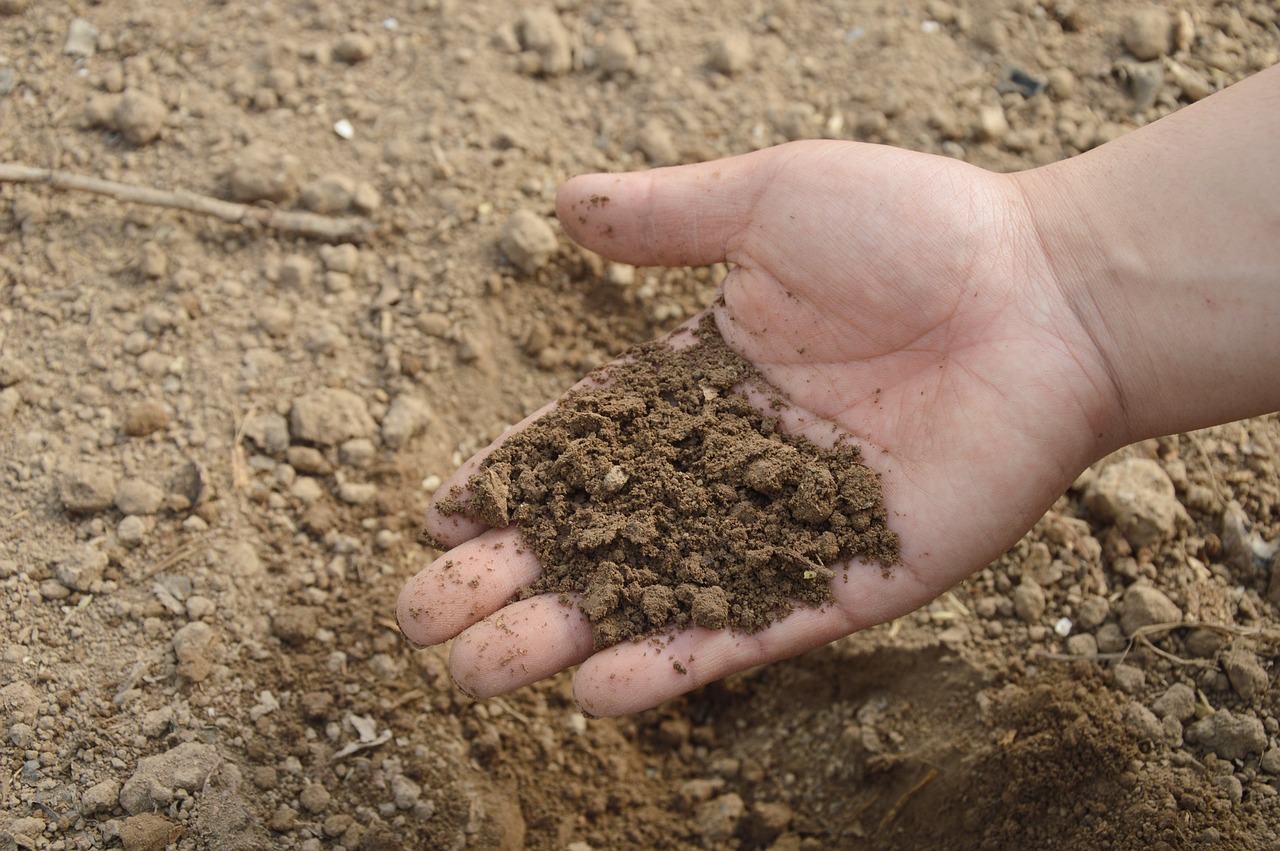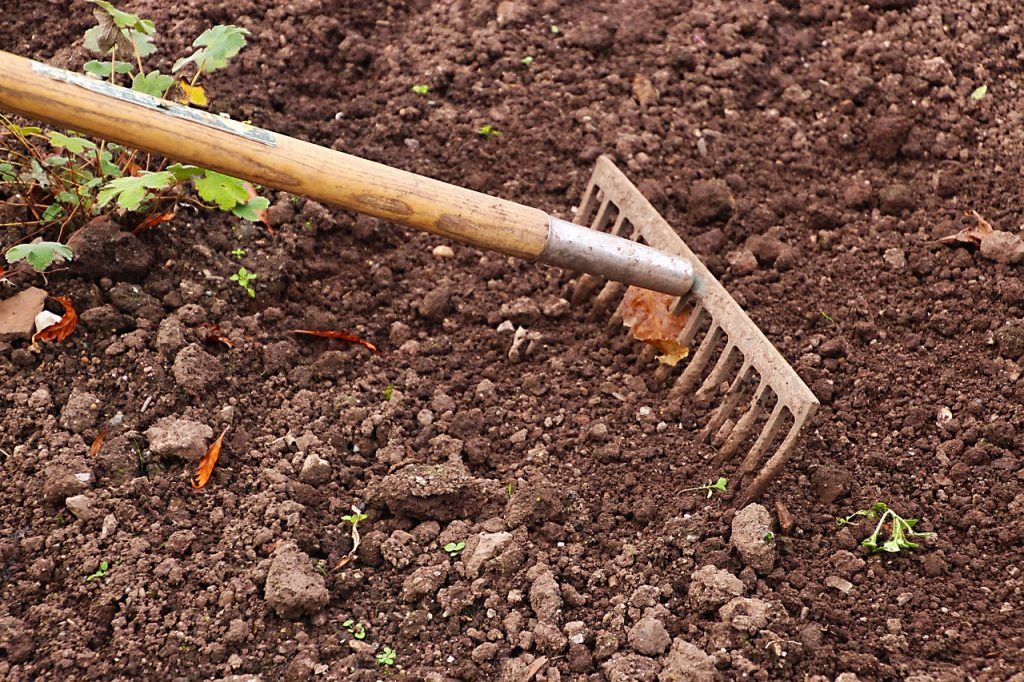
So, you’ve decided to start your own vineyard. Congratulations! You’re now on the exciting journey from wine lover to wine maker. But before you start dreaming about sipping wine from your very own vintage, there’s one crucial step you can’t skip: preparing your soil.
Grapevines are picky eaters. They like their soil just so—like that friend who orders their coffee with a splash of oat milk, a dash of cinnamon, and half a packet of stevia. Get the soil right, and your vines will thrive. Get it wrong, and, well, let’s just say you’ll be drinking store-bought wine for a while longer. But don’t worry—I’ve got you covered. By the time you finish this article, you’ll know how to make your soil vineyard-ready and impress those vines with your gardening skills.
1. The Dirt on Soil: What Are We Working With?
Before you even think about planting vines, you need to know what’s going on beneath your feet. Soil isn’t just dirt; it’s a complex blend of minerals, organic matter, air, and water. And when it comes to growing grapes, not all soil is created equal.
Here’s the good news: grapevines are surprisingly low-maintenance in terms of nutrient needs. They’re like the opposite of needy houseplants. In fact, they do best in poor soils—yes, you read that right. Overly rich soil can make the vines focus on growing leaves instead of grapes, and we don’t want that. Your goal is to strike the right balance between nutrients, drainage, and texture.
So, what are we looking for?
- Well-Drained Soil: Grapevines hate wet feet. If your soil holds onto water like a sponge, your vines will sulk, and trust me, sulky vines don’t make good wine. Good drainage is essential to prevent root rot and other moisture-related diseases. More on that later.
- Slightly Acidic: Grapevines prefer a pH between 5.5 and 7.0, which makes them the Goldilocks of plants—not too acidic, not too alkaline. Just right.
- Stony or Sandy Texture: Heavy clay soils might as well be concrete to grapevines. You want a looser, more free-draining texture like sandy loam or gravelly soil. If you have stones or sand in your plot, congratulations! Your vineyard is off to a good start.

2. Testing the Waters (and Soil pH)
Okay, now that you’ve got a general idea of what makes grapevines happy, it’s time to get scientific. You need to test the soil for your vineyard. I know what you’re thinking: “Do I need to pull out a microscope?” Nope, just a simple soil test kit from your local garden center or even Amazon.
How to test your soil:
- Collect Soil Samples: Dig down about 6-8 inches in multiple spots around your plot. Mix these samples together to get a good average for your entire vineyard area.
- Test the pH: Most soil test kits will measure the pH level, which tells you if your soil is too acidic or alkaline. If you’re in the sweet spot between 5.5 and 7.0, you’re good to go. If not, don’t panic—there are ways to adjust it.
- Check for Nutrients: Some kits also check for nutrient levels like nitrogen, phosphorus, and potassium. Grapevines aren’t particularly needy in these areas, but it’s still good to know what you’re working with.
How to fix your soil’s pH:
- Too Acidic? Add lime. It’s like giving your soil a squeeze of lemon juice—except the opposite. Lime will raise the pH and make your soil more alkaline.
- Too Alkaline? Add sulfur. This will lower the pH and make the soil more acidic. It’s like sprinkling in a little magic dust that makes grapevines happier.
3. Getting the Drainage Right: No More Wet Feet
If your soil drains well, skip ahead to the next section. If not, we need to talk. Grapevines don’t want to sit in soggy soil, and you don’t want to deal with moldy grapes (yuck). So, let’s fix the drainage.
How to improve drainage:
- Raised Beds: If your soil has drainage issues, consider planting your vines in raised beds. This lifts the vines above the soggy ground and lets water flow away, not toward your precious roots.
- Amend the Soil: Mix in sand or gravel to improve drainage. The goal is to loosen up compacted soil so water can pass through more easily.
- French Drains: If your plot is on flat land that pools water, you can install French drains (a fancy term for a ditch filled with gravel and a perforated pipe). These drains redirect water away from your vines, keeping them dry and happy.
4. Soil Vineyard Amendments: Giving Your Dirt a Makeover
Let’s face it—your soil might need a little love before it’s vineyard-ready. Luckily, you don’t need to break the bank to give it a makeover. Just a few amendments here and there can turn your dirt into prime grape-growing real estate.
Organic Matter: The Secret Sauce
One thing that pretty much all soils can benefit from is organic matter. Compost, manure, or cover crops can be your best friends when it comes to improving soil structure, increasing water retention (without getting soggy), and adding nutrients.
- Compost: If you have a compost pile going, great! If not, it’s worth getting your hands on some well-rotted compost to mix into your soil.
- Manure: Good old-fashioned manure is full of nutrients. Just make sure it’s well-composted—fresh manure can be too strong and might burn your vines.
- Cover Crops: Some vineyard owners plant cover crops like clover or vetch between their vine rows. These plants add nitrogen to the soil and help prevent erosion.
5. Dealing with Rocks: Are They Friends or Foes?

You’ve heard the expression “between a rock and a hard place,” but when it comes to vineyards, rocks can actually be your friend! Some of the world’s most famous vineyards, like those in Bordeaux and the Rhône Valley, are loaded with rocks.
Rocks help with drainage, and they also act as natural heat regulators. During the day, rocks soak up the sun’s warmth and then slowly release it at night, helping to keep your vines cozy. So, if you have rocks in your vineyard plot, don’t worry—embrace them!
What if you have too many rocks?
If you feel like your vineyard is starting to resemble a quarry, you might need to clear out some of the larger stones. Use a rake or shovel to remove big rocks that could interfere with planting. But leave the smaller ones—they’re actually doing you a favor.
6. Cover Cropping and Mulching: Nature’s Blanket
If you want to give your vineyard a little extra TLC, consider using cover crops and mulch. These techniques help retain moisture, improve soil structure, and keep those pesky weeds in check.
- Cover Crops: As mentioned earlier, planting cover crops like clover or rye between the vine rows helps enrich the soil with organic matter. It also reduces erosion and attracts beneficial insects that will help control pests.
- Mulch: Spreading mulch (like straw, wood chips, or shredded leaves) around the base of your vines helps retain moisture, keeps the soil cool, and suppresses weeds. Plus, as the mulch breaks down, it adds even more organic matter to the soil.
7. Final Prep: Testing Again Before You Plant
You’ve done all the hard work—amending, testing, draining—so now it’s time to double-check your progress. After you’ve made your soil adjustments, test it again. You want to make sure that your soil pH is in the right range, that drainage is working well, and that your organic matter levels are up to snuff.
8. Ready, Set, Plant!
Now that your soil is vineyard-ready, it’s time for the fun part: planting your vines. Choose healthy vine stock from a reputable nursery and plant them in rows that allow for good air circulation and sunlight. Spacing is important, so give each vine plenty of room to stretch its roots (typically about 6 feet apart in rows 8 feet apart).
Be sure to water them in well and keep an eye on their growth, but remember: grapevines thrive on a bit of neglect. You don’t need to coddle them—just give them the right start, and they’ll reward you with grapes for years to come.
Conclusion: Your Soil, Your Future Wine
Starting a vineyard isn’t just about planting vines and waiting for wine. It’s about creating the right soil for your vineyard from the ground up—literally. By taking the time to prepare your soil, you’re setting the stage for healthy vines, abundant grapes, and, eventually, delicious wine. So get out there, dig into your dirt, and make it vineyard-ready. Your future self, enjoying a glass of your own vintage, will thank you.
Sources